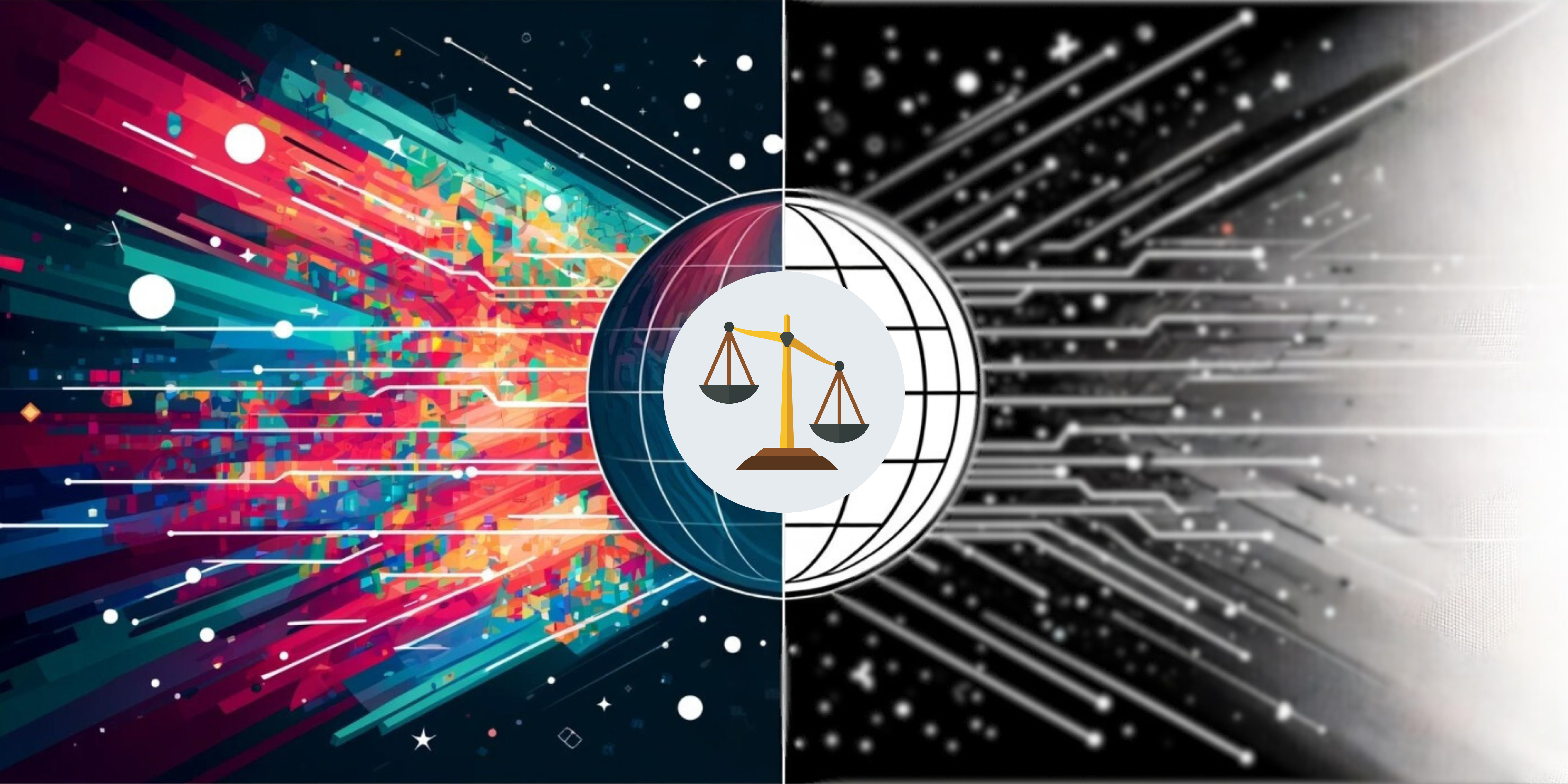This November, Iran endured a near-total internet shutdown imposed by government authorities for almost ten days. The shutdown came as a response to a wave of protests following the sudden announcement of petrol price increases, which resulted in hundreds of civilian deaths and thousands injured and arrested, according to Amnesty International.
We published a special “Shutdown Monitor” edition of Filterwatch,, which covered events and updates between 14 November, when initial network disruptions were reported until Sunday, 24 November, when users were gradually reconnected to the internet. The first to be reconnected were universities, hospitals and banks, with ordinary citizens being gradually reconnected later on — starting with Hormozgan on 21 November, and finally starting to lift in Sistan & Baluchestan on Friday 6 November.
In light of these events, in his month’s Filterwatch we will cover some of the major highlights concerning the internet shutdown, as well as some of the reactions as the internet was gradually reconnected. The shutdown has certainly given us plenty of insights into the government’s technical and infrastructural capabilities to shut down access to the global Internet, as well as a better understanding of progress in the National Information Network. Though Iran may now be reconnected to the global internet, the recent events have left an indelible mark on the landscape of Iran’s internet, making it impossible for it to return to its former condition.

National Security Council Orders Restrictions on Access to the Global Internet
On 17 November it was reported that Iran’s access to the international internet had been restricted by an order of the National Security Council. The near-total internet shutdown meant that by the same evening, the majority of users had been disconnected from the internet, while a very small minority may still have had slow, or limited internet access. This is demonstrated by a map of online and offline internet “probes” provided by Amir Rashidi, Internet Security and Digital Rights Researcher at the Center for Human Rights in Iran.
After Shutdown, Iran’s ICT Minister sanctioned by the US Treasury
The US Department of the Treasury announced that Iran’s ICT Minister Mohammad-Javad Azari Jahromi has been sanctioned by the U.S. Department of the Treasury’s Office of Foreign Assets Control (OFAC). The US Treasury cited Jahromi’s active role in “wide-scale internet censorship” and “…in launching Iran’s National Information Network (NIN), which has enhanced the Iranian government’s ability to monitor, restrict, and completely block internet usage in Iran”. US Secretary of State Mike Pompeo also tweeted that members of the Iranian government would be “held accountable”.
We have extensively covered Jahromi’s political activities and his role in advancing the development of Iran’s National Information Network in previous editions of Filterwatch.
Official Virtual Private Network Operators will be Established
Abolhassan Firouzabadi, Secretary of the Supreme Council for Cyberspace (SCC) announced on 11 November that the SCC “agrees with different levels of access to the internet” and in relation to this, “we have made recommendations to the Commission to Determine Incidents of Criminal Content (CDICC)”.
According to Firouzabadi, CDICC is currently in the process of preparing the required regulations and instructions for establishing different levels of access to the internet and filtering, which will be implemented “as soon as possible”. As part of this, “official” VPN providers will be established and regulated by the ICT Ministry who will monitor their sale according to users’ needs. This will also means new legislation regarding the legal and illegal sale of VPNs will also be implemented to regulate the VPN market in Iran.
We have already written about the future landscape of Iran’s “layered internet”, and the new laws around official VPNs form part of this process. Though Iranians mostly use VPNs to circumvent filtered content, they are also important tools in providing anonymity for users. The government’s plans to provide state-regulated VPNs will pose enormous risks to users’ online privacy.

Without Digital Content and Services, the National Information Network “Cannot Become a Reality”
Also on 11 November, Abolhassan Firouzabadi commented that in order for the NIN to become a reality, operational applications and services need to be integrated into it. He stated that this is explained in the Bill of requirements for NIN, adding that without the provision of these services, then there is no “National Information Network”.
According to Firouzabadi, the ICT Ministry has so far only delivered on 80% of the underlying network infrastructure of the NIN, but that it has not yet created the localised content, information and services which compose the remainder of the project. He stated that while international messaging apps, email services and search engines are being used, it cannot yet be said that the NIN has been fully implemented.
He also stated that a draft “Digital Services Bill”” has been prepared by the SCC, which aims to expand domestic digital services. He added that “the private sector will be consulted” to produce the final draft.

Government Recommends Domestic Internet Services and Apps during the Internet Blackout, Reports of User Increases for Domestic Services Emerge
On 19 November, Mehr News described how the internet shutdown provides an opportunity for users to “try out” domestic messaging apps and services. Authorities claimed that domestic messaging apps such as “Bale”, “Soroush”, “Gap” and some others were still active and connected through the National Information Network. The piece also alleged that banking applications and online government services remained connected to the National Information Network.
The article went on to suggest that given the continued availability of domestic online services, search engines, and domestically hosted email services, that dependency on international services would continue to diminish. On 30 November, Mehr News also reported that the domestic navigation app “Bala” announced a 50% increase in its user base during the internet disruptions. Balad also has an offline search feature available which increased the app’s popularity while internet connections were disrupted.
Meanwhile, Amir-Ali Kheirandish, the Board Chairman of the domestic search engine Parsijoo also announced that there has been a 200% increase in usage of the platform during the shutdown period. He added that the search engine did not have the capacity to deal with the level of demand it received, claiming that this was due to a combination of hardware issues and network disruptions.
These domestic applications all have major security implications for users. As all of their users’ data is hosted in Iranian data centres, users’ personal data and communications are potentially at risk of being exposed to surveillance by government and security forces, given the absence of any meaningful online privacy protections in Iran.
Fars News Accuses BBC Persian of Inciting Unrest Via Telegram
On 21 November, the Iranian news agency Fars News published a piece criticising BBC Persian for inciting violence and unrest through its reporting of the ongoing protests in Iran. The article used screenshots from BBC Persian’s Telegram channel to accuse it of seeking unverified footage of protests, quoting anonymous sources, and highlighting locations of ongoing unrest in order to “encourage rioting”.
Such articles comprised part of the government’s ongoing effort to delegitimise international criticism of Iran’s violent crackdown on protestors.

Iranian Newspaper Describes Shutdown as a “Relatively Successful Experiment” of the National Information Network
On 20 November, the front page of the IRIB-owned Jam-e Jam newspaper described the ongoing internet shutdown as a “relatively successful experiment” of Iran’s National Information Network.
Based on reports from earlier that week, key elements of domestic banking infrastructure, as well as domestic messaging apps appeared to be largely (if not completely) immune from the effects of the internet shutdown. However, as we have previously reported, there are still major disputes between the SCC and the ICT Ministry about the progress of the NIN in relation to both infrastructure development and content localisation.
Though we cannot independently these claims at this time, these reports suggest that progress may be slower than the government’s expectations, and that further work will need to be undertaken to make the NIN fully operational. However, it is clear that the project is still an urgent priority for the government, with the events of the shutdown only likely to increase pressure on the ICT Ministry to fully implement all aspects of the NIN.
Iran’s Central Bank: “Internet shutdowns have not caused any problems for the banking network”
In an interview on 19 November, Mehran Mehrmian, the Deputy for Innovation at Iran’s Central Bank stated that in collaboration with the ICT Ministry, disruptions to the Iranian financial system were “mitigated” from the early hours of the shutdown. Mehrmian confirmed that banking IP addresses were “white listed”, and that the servers of banks and payment service providers were protected from network disruption, being located inside Iran. Small Media cannot currently independently verify this claim.
29,500bn IRR Loss to Businesses as a Result of Internet Shutdowns
On 27 November, it was reported that the Commission for Digital Trade estimated that a 29,500bn IRR loss was suffered in digital and mobile payments during the internet shutdown. According to unofficial reports provided by Payment System Providers (PSPs) inside Iran, there had been a dramatic drop in online transactions during the first two days of the internet shutdown. During the following five days up until the gradual reconnection of the internet, the number of online transactions stood at 48.5% of the transactions reported in the previous week.




